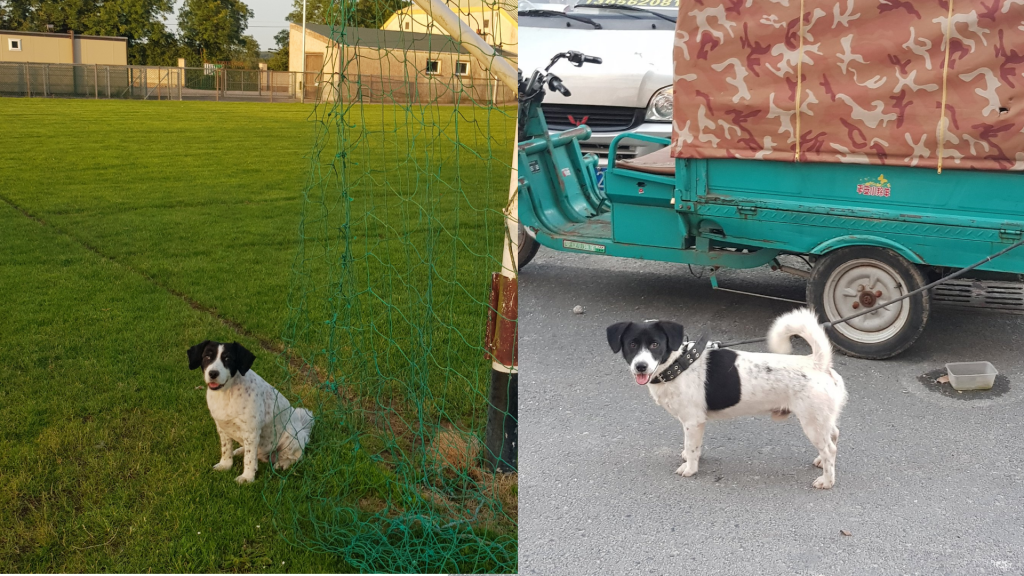Author: Dr Paul Breen
The road to learning a language is a well-travelled one. We start out on that journey in our own native languages as children. Then, as we get older, many of us progress into the more difficult terrain of trying to learn a second language. In my early years, growing up in Ireland, I acquired English as a first language in that still half-mysterious process of Child Language Acquisition. At Primary School, I attempted Irish. Later, moving to secondary school, I studied French and Latin, probably achieving more success in the latter than even Jacob Rees-Mogg.
Growing up, I became an English Language teacher and lecturer, perhaps as much by accident as design. As I travelled the world while teaching, I picked up snatches of Japanese and Korean through work and held a brief, fleeting fascination with the learning of Italian. Then, taking a permanent post back in UK Higher Education, my life became more focused on the teaching of languages than the learning of them. Sometimes I flirted with the notion of learning Chinese, especially after becoming an external examiner for Liverpool’s XJTLU campus in Suzhou. This would necessitate visits once a year, so I thought it proper to make some attempt at a basic staple of everyday words and phrases.
When teaching students of my own, I always draw on ideas from the developmental psychology of Lev Vygotsky. Though not phrased exactly as such, these suggest the need for some spark to ignite learning. I have always found that the visual depiction of that excites language learners. They begin to get a sense of ‘yeah I’m here now but I need to get over there somehow’ in a kind of St Christopher crossing the water moment. In July 2018, it was me crossing the seas, flying east over a Russian sunset and landing in the heart of a hot and misty Suzhou.
There, in a World Cup summer, I had no need to speak Chinese because westerners were everywhere. With even street signs, shopfronts and menus in English, the phrase book could go back in the suitcase. English served as a shared language, a lingua franca, even when voiced in its growing Chinglish variations. Just as it was possible to do in neighbouring South Korea or Japan, you could survive here quite comfortably for years without ever needing to acquire fluency in the country’s native tongue. Being semi-veggie, I only encountered problems on such occasions as trying to order a meal without meat in it. Generally, too, in such cases the issue was as much about cultural as linguistic misunderstanding – not the translation but the definition of what counts as ‘meat.’
One afternoon, between meetings, I decided to walk the more ramshackle backstreets of the city. Here, traces of English evaporated into a scrabble of indecipherable Mandarin. Amid my travels, I made an unexpected discovery. Purely by accident, I found the spark for learning Chinese, and eventually I was able to speak it better than Irish! That spark came in a very unlikely form; what we might call another product of Chinglish. As I wandered the backstreets, I arrived at a sushi and beer bar, guarded by a dog quite similar to an English cocker spaniel. Strikingly too, this dog was almost the double of my sister’s dog, named Molly, back in Ireland.
Being as fond of taking photographs as the stereotype bus load of tourists, I had to click a picture of this dog I named ‘the Chinese Molly.’ Unfortunately, there was one major problem: I could not speak the language. I could not explain to the shop owners why a random foreigner would want to take a photo of their very ordinary dog. Luckily, the language of pictures is a universal one. I showed them a picture of the Irish Molly. Not even knowing the word for sister, I mustered a white lie in a single word, ‘Māmā.’ The owners laughed, liking the sentiment of a tourist taking pictures of his family dog’s Chinese twin.

But when the picture was taken and the meeting over, I felt a sense of sadness that I had not been able to use even basic Mandarin phrases. Out of that strange event, I decided that next time I went to China I would be able to say at least one simple sentence. Even the achievement of a simple collocation – ‘my sister’s dog’. Thus began my quest to learn Chinese at The University of Westminster. You could call it a human motivation in many ways since we can all agree that the desire to communicate seems hardwired into our brains. Two dogs of a similar look, on opposite sides of the world, inspired me to learn a language. Unfortunately, Covid-19 has interrupted my learning journey, but this whole experience has taught me another very valuable lesson.
There are many sparks that inspire people to learn a language. Google Scholar’s 3 million+ articles on this very subject list out romance and work as often being the primary sources of such an ignition. But for me, the love affair with a new language began through a chance encounter in Suzhou’s backstreets, asking permission to photograph a dog. At the end of the day, we all share the common language of humanity – Chinese, Irish, British, French et al.
Author’s biography:
Dr Paul Breen is Senior Lecturer in the Westminster Professional Language Centre, with specialism in the areas of English for Academic Purposes, English Language Teaching, educational technology, and writing for academic, creative, and other professional purposes. He is also the author of the University of Westminster Press publication ‘Developing Educators for the Digital Age.’
